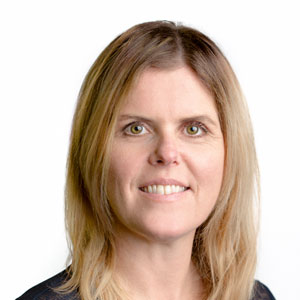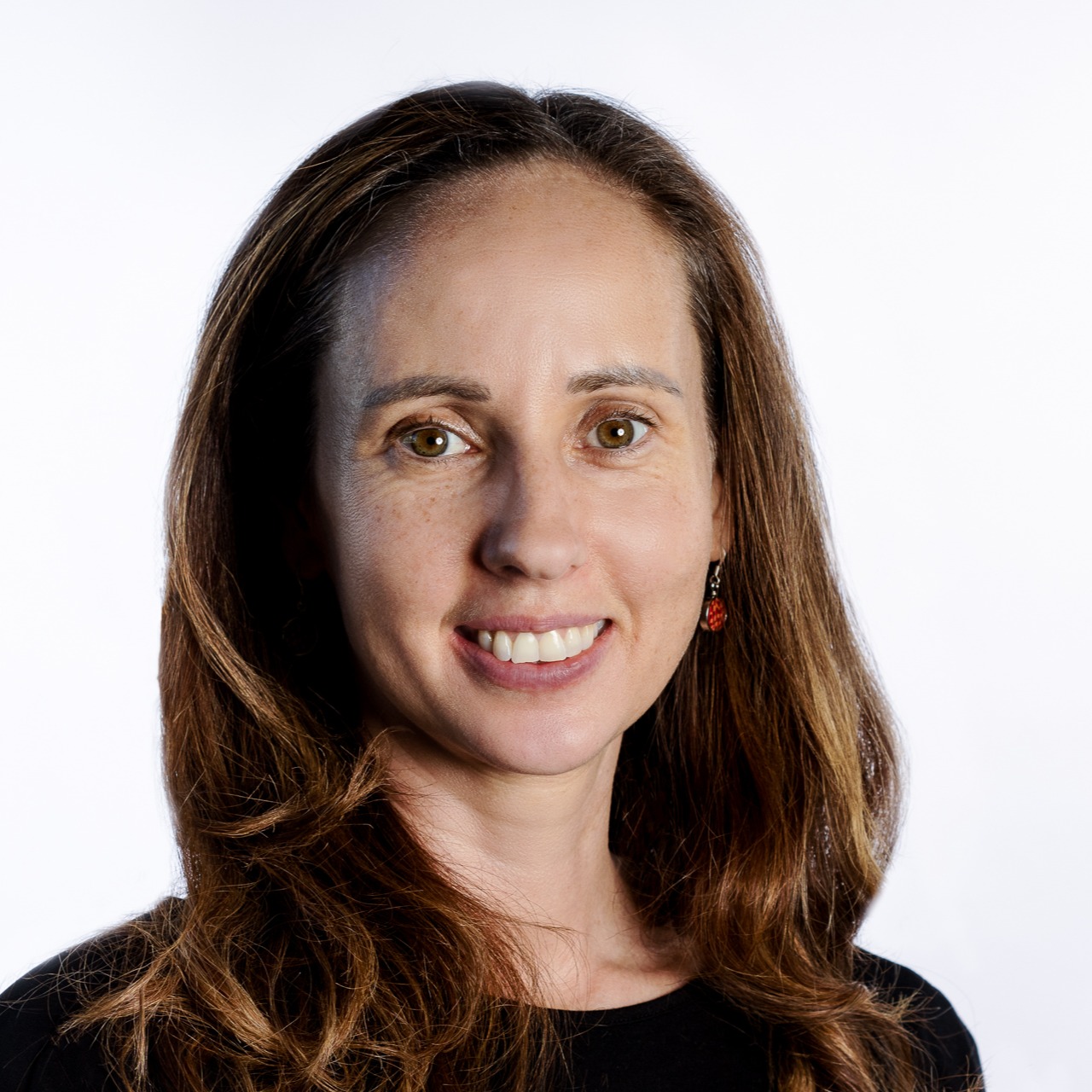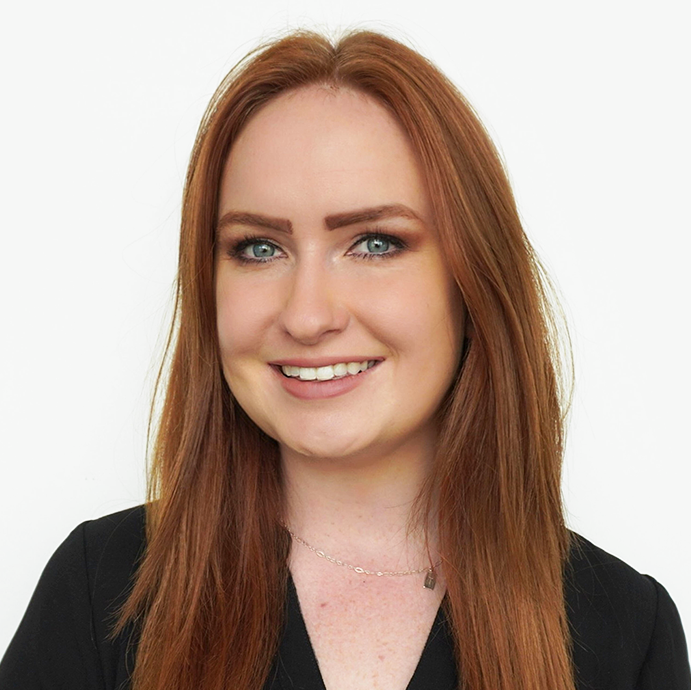
Integrated Innovation Network
iSeeVC
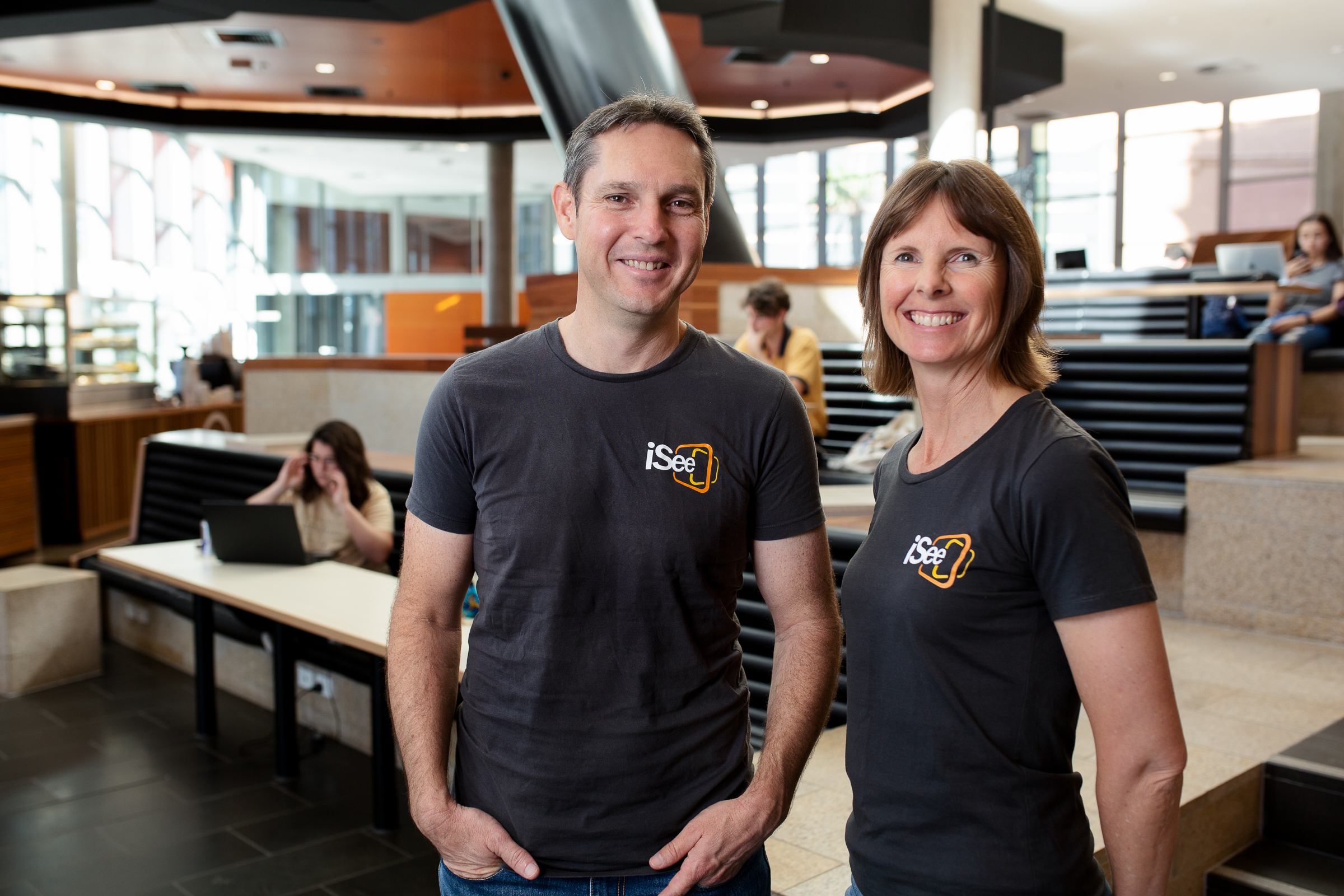
Dr. Gary Ellem, Dani Lloyd-Prichard and their team at iSeeVC are revolutionising video conferencing by hosting digital conversations in virtual worlds.
“Humans naturally have evolved to use space to divide up their communications and relationships. Twenty people will use a room to have multiple conversations. In the past you couldn’t digitally do that. You either talk over the top of each other or you just wait. That’s not how relationships are made. Relationships are made by having choice for who you want to talk to. You choose someone to invest in.”
Those are the words of Dr. Gary Ellem of the startup iSee, a video conferencing service revolutionising digital conversations.
iSee originated in a Cooperative Research Centre (CRC). The Smart Services CRC was a Federal Government and industry funded program started in 2014 for research and development to supports innovation in Australia’s services economy. iSee has now been spun out as an independent company with offices in Sydney, Melbourne and now at the Integrated Innovation Network (I2N) Hunter Street Hub.
Gary’s the head of business development with a PhD in biophysics. Previously he lectured at the University of Newcastle in biology and environmental science and then moved on to the world of cleantech startups. In 2016 he started working in the iSee Sydney office while pitching the product overseas and in regional Australia. He returned to Newcastle for his family and his connection to the University. Most of iSee’s staff graduated from the University of Newcastle, and iSee regularly brings in students for internships, and is developing ongoing research projects.
“Because we’re driven to education, I2N made a lot of sense. We weren’t just looking at the University as a customer but also as a partner. Plus, I2N gave us all the stuff we needed and are literally just a block away from the NUspace campus,” Gary says.
They’re currently cash positive and growing organically, mainly selling to K-12 schools and universities. Thousands of people have access to their products with iSee in every computer across the department of education in Queensland, and several trials are running in NSW. Australians use it with international collaborators; if the university or school has a license, anyone they’re working with can download it.
“It’s allowing teachers to come together to figure out how to do their job like never before. It’s driving innovation,” Gary says. “Any innovation system is based on your collaborative capacity, to find people to come together and form a team. iSee helps remove the distance.”
iSee’s latest hire is Danielle Lloyd-Prichard. Dani worked in the education sector and has a background in environmental science. The two deeply understand their market.
“The product is working out how to close the gap in face-to-face communication in an online environment,” Gary says. “Traditional video conferencing is not a great experience when there are many people having many conversations. In normal video conferencing there’s only one single audio channel. You don’t get to choose who gets to talk and when. Then there’s the fundamental bandwidth issue.”
Within a 20-person video conference, standard services default to the loudest or the most recent person to enter the conference. iSee has created a virtual 3D world where each person is represented by their own video feed and can easily move around a virtual space. No VR headset is required, and the product is design to work on the everyday laptops that students tend to have. You just need a webcam, but a headset helps too. As you move around the space, sound dies out as you move away from one conversation group and becomes louder the closer you get.
“Because it’s a virtual world you can design it to be whatever you want, realistic or fantasy. You can get the environment to match the learning outcome. We typically give people a campus that has rooms to choose from. You can have purpose-made lecture theatres, boardrooms - even cafes. Now we have a planetarium and the user-generated holodeck. You can take a 360 degree image and load that up. You can give PowerPoint presentations, share your screen or play videos within the space,” Gary says.
iSee does it using a fraction of the data and 1/10 of the bandwidth. You can attend a conference while tethering your laptop to your phone, and sound is the top priority.
“When your bandwidth is compromised your audio is most protected. Your brain is good at melding the rest together,” he says.
Newcastle is the perfect place to pitch a product like iSee, and Gary’s whole team came to Newcastle to see I2N’s role in facilitating connection.
“Our product can sell anywhere, but Newcastle Airport means I can jump on a plane/train and have the eastern seaboard covered. There’s no difference to any of the other major cities,” he says. “While we sell to education, there’s room to sell to other avenues. A lot of those departments made an effort to push stuff out towards the regions. You can find quite interesting contacts. The NSW Minister for Finance and Small Business, Damien Tudehope came to visit the Hunter Street Hub and we were able to demo our product to him.”
Also, because iSee shares space with other startups, other I2N members have helped with Gary’s product testing and tried iSee for themselves.
“That’s the beauty of being in an I2N Hub. We would like to see the regional ecosystem get lifted. We’ll keep building our team in Newcastle and Sydney,” Gary says.
To learn more about iSee, click here.
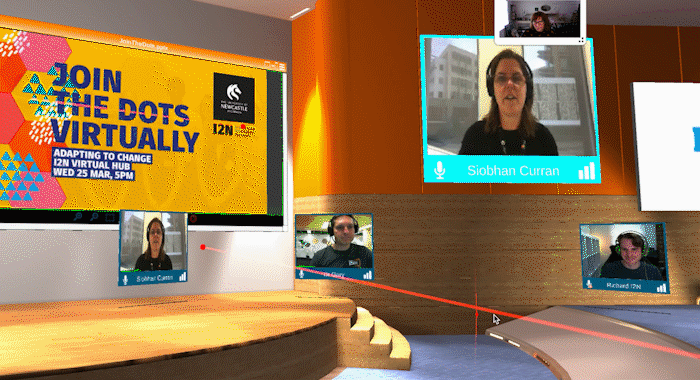
The University of Newcastle acknowledges the traditional custodians of the lands within our footprint areas: Awabakal, Darkinjung, Biripai, Worimi, Wonnarua, and Eora Nations. We also pay respect to the wisdom of our Elders past and present.
